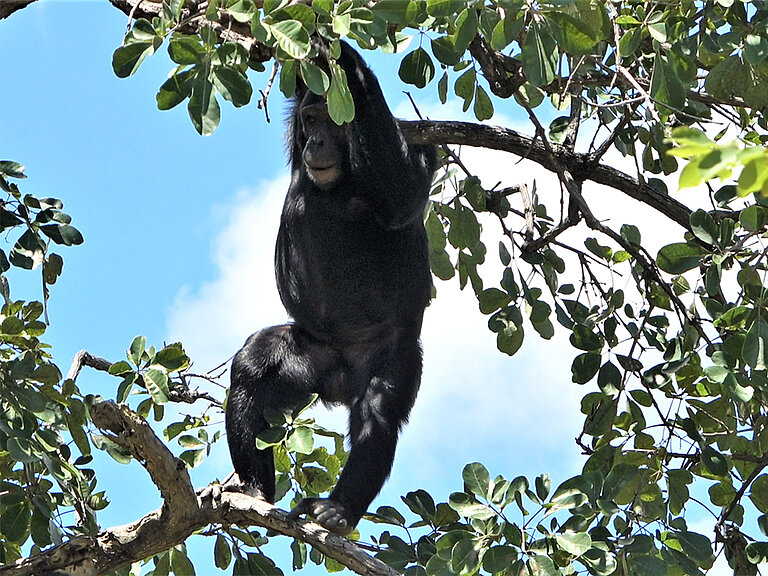Ape and Human Biomechanics

Description
We aim to better understand how apes and humans move and load their skeletons during locomotion and manipulation to inform our reconstructions of behavior in the past. We prioritize the study of behaviours and experimental conditions that more accurately reflect the diversity and complexity of the natural environment, with a current focus on ape arboreal locomotion as well as movement on (and use of) compliant substrates. In collaboration with the Department of Comparative Cultural Psychology and the Leipzig Zoo, we focus on kinematic and kinetic data that cannot be collected in natural environments. We also study the frequency and biomechanics of locomotion, both on the ground and in the trees, in wild African apes to capture the breadth of behaviours that apes use when navigating their natural habitats.
Future research will also investigate human biomechanics both in the lab (when construction is completed) and in the field, with a focus on evolutionarily-relevant behaviours, such as tree climbing, unshod bipedalism, or wood/stone tool use. In vivo kinematics of human joint movements during a variety of behaviours will be captured via a new tri-planar x-ray system with X-Ray Reconstruction of Moving Morphology (X-ROMM).


